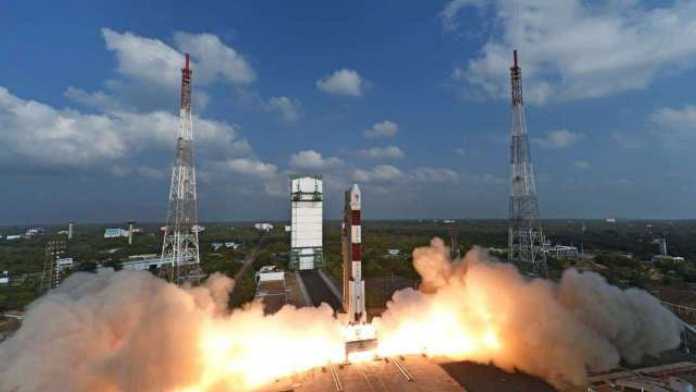India’s first manned space mission called ‘Gaganyaan’ will send three Indians into space, in a spacecraft that will be placed in a low orbit earth of 300-400 km. The announcement was made by Indian Space Research Organisation (ISRO) Chairman K Sivan.
India will only be the fourth country to send humans into space after China, Russia and the United States of America. In his Independence Day speech, Prime Minister Narendra Modi made an ambitious vow to put an Indian in space by 2022. He also said that India’s first human spaceflight mission could be led by a man or a woman.
However, Minister of State, Space and Atomic Energy Dr. Jitender Singh said that they are yet to finalise the three people to send into space. “There are several factors to be taken into consideration –– expertise, physical and biological conditions being a few,” Singh said at a press conference. ISRO Chairman Sivan said that ISRO would be opening applications for the expedition, and that even a common man can apply. But they would prefer trained pilots for the first mission.
The astronauts would be trained by the ISRO and the Air Force, in India and abroad, with their 40-month schedule. But they are yet to work out details of the same. Sivan said that the prototypes of the space suit and environment system are ready. “ISRO has a full handle on engineering and developing the module. The challenge for the next 40 months is to work on the human viability of the models,” he added.
The spacecraft will reach low orbit earth within 15 minutes of take-off. The crew, while coming back to the Earth, could land in the Arabian Sea off the Gujarat coast or Bay of Bengal or even on land. The total cost of the program is estimated to be around Rs. 10,000 crores. The crew is expected to be in space for seven days and will perform experiments on microgravity. The mission will comprise of a crew module, service module and orbital module, weighing approximately seven tonnes, and will be carried by a rocket.
The crew module’s size will be 3.7 metres x 7 metres. Sivan said that ISRO will require support and collaborations from other organizations in the industry. “To accelerate the programme, ISRO may consider collaborations with space agencies from friendly countries with advanced space programmes,” he said. ISRO will also take inputs from Rakesh Sharma, the first Indian to fly to space.
Singh called this mission a ‘turning point’ for India, and a ‘cost-effective’ venture. The mission will reportedly generate employment for around 13,000 people in the country.






























